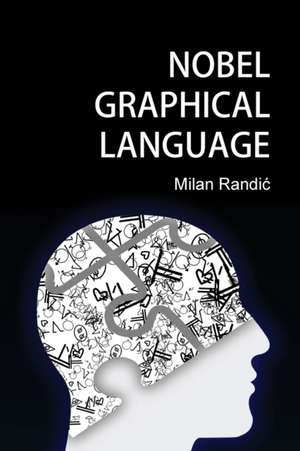Nobel Graphical Language
Autor Milan Randicen Limba Engleză Paperback – 28 iul 2019
Preț: 210.46 lei
Nou
Puncte Express: 316
Preț estimativ în valută:
40.28€ • 41.98$ • 33.53£
40.28€ • 41.98$ • 33.53£
Carte tipărită la comandă
Livrare economică 02-08 ianuarie 25
Preluare comenzi: 021 569.72.76
Specificații
ISBN-13: 9781643762807
ISBN-10: 164376280X
Pagini: 548
Dimensiuni: 152 x 229 x 32 mm
Greutate: 0.88 kg
Editura: PageTurner, Press and Media
ISBN-10: 164376280X
Pagini: 548
Dimensiuni: 152 x 229 x 32 mm
Greutate: 0.88 kg
Editura: PageTurner, Press and Media
